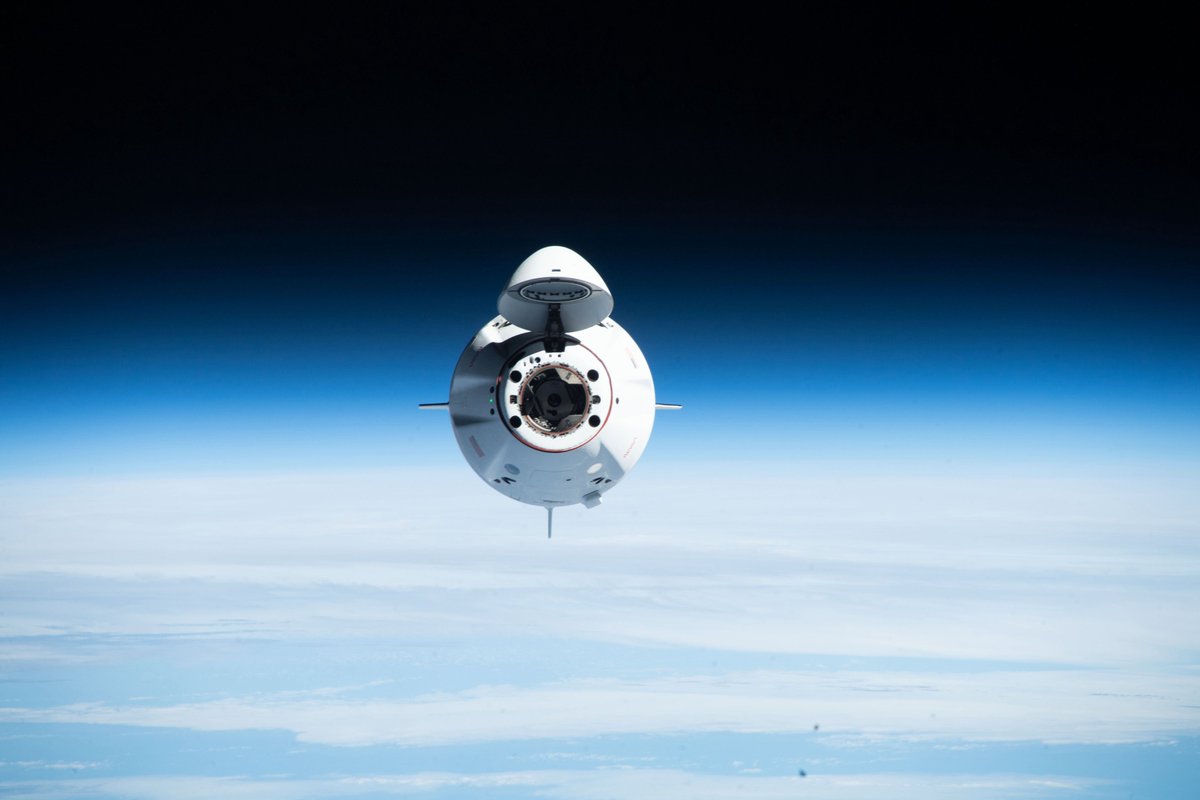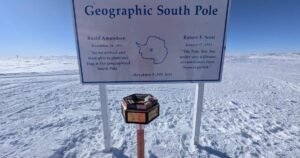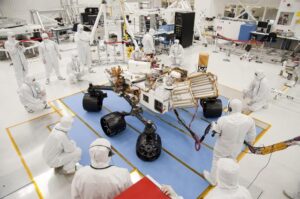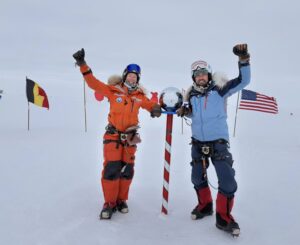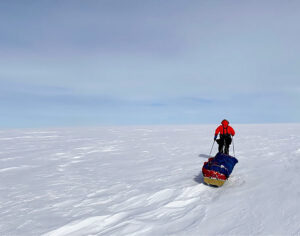Imagine you were guiding a ski trip in Svalbard. One of the participants enjoyed talking about outer space, the Moon, Mars. You figured his interest was intellectual. So many of us drawn to the world’s extreme places are also interested in worlds beyond this one. You’ve probably had many similar conversations before with other clients.
But this client was different. Before Chinese-born Chun Wang entered the ground floor of the bitcoin craze in 2011, when each bitcoin was $5 (it’s over $60,000 today), he had volunteered on a computing project to analyze radio signals for signs of extraterrestrial intelligence.
Since then, he’s become a billionaire, a Maltese citizen, and part-time Svalbard resident who is still interested in space. Some months after the ski trip ended, he invited guide Eric Philips and one other tour participant — Rabea Rogge, a robotics PhD student — onto a private space flight that he had been discussing with SpaceX for a couple of years.
Polar orbit
They will orbit the Earth via the North and South Poles — something that no crewed mission has ever done. The previous highest-inclination flight by a manned spacecraft was the Soviet Vostok 6 mission in 1963, when cosmonaut Valentina Tereshkova reached 65.1˚, just south of the Arctic Circle.
A fourth person with a Svalbard connection, filmmaker Jannicke Mikkelsen, who lives on the island, rounded out the unlikely four-person crew. No figures have been released about the cost of the flight, but a previous commercial mission through SpaceX was in the neighborhood of $200 million.
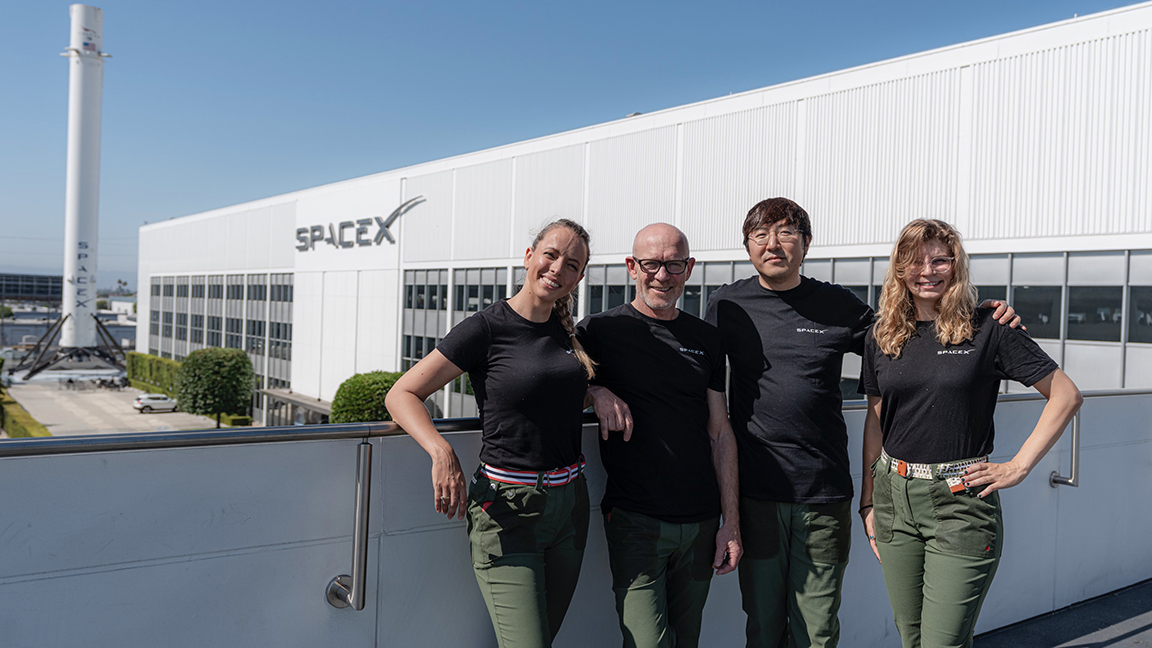
Jannicke Mikkelsen, Eric Philips, Chun Wang, and Rabea Rogge at SpaceX HQ earlier this month. Photo: X
Philips is the pilot, while Rogge is the mission specialist. While Mikkelsen officially is the vehicle commander, one of her jobs as a professional cinematographer will surely be documenting the three to five-day flight from her window seat next to one of the portholes. Philips, in front of a touch-screen console, has a middle seat but will still have plenty of opportunity to look outside through the glass nose cone, or cupola, that is uncovered once the Crew Dragon is in space.

Billionaire Jared Isaacman, who bought SpaceX’s first private spaceflight, checks the view from the cupola window. Photo: Inspiration4
Training
Since the announcement two weeks ago, Philips and the others have been training at SpaceX headquarters in southern California. He couldn’t say exactly what the training consisted of, but on X, Chun added some details:
“I was once told that the Dragon [space capsule] is fully automatic, and all you needed to know is how to put out a fire,” he wrote. “[But] not only do you need to understand every detail of the spacecraft and countless procedures, you must also learn how to administer injections and even perform urinary catheterization in a weightless environment.”
Philips said they had also been in a centrifuge, which mimics the G-forces they will be subjected to when they launch from Cape Canaveral at the end of this year.
Last month, before the official announcement, they also spent a week sea kayaking in Alaska’s Prince William Sound to see how the members performed in an extreme environment.
Fram2
The mission, dubbed Fram2 in honor of the great Norwegian polar vessel that carried Nansen, Sverdrup, and Amundsen, will launch at the end of this year. At that time, the Arctic will be in the grip of the polar night, and the astronauts will not see much from their perch 420 to 450km up except the twinkling lights of villages far below. But Antarctica will be in full view, a prospect which excites Philips. He has done four new routes or variations to the South Pole during his long career as a polar guide.
“One reason we prioritized Antarctica over the Arctic is that Antarctica is dry and generally has far fewer clouds,” explained Chun on X.
For Philips, 62, this golden opportunity comes as his own polar career is winding down. His daughter has begun to take over guiding duties.
“It feels like it’s time for a shift,” says Philips. “I feel completely out of my depth here. It feels incredibly refreshing.”
